Glimmer of Optimism for Polar Ice in Antarctica
Preliminary tests conducted under the ice in East Antarctica found that the seawater isn’t heating up.
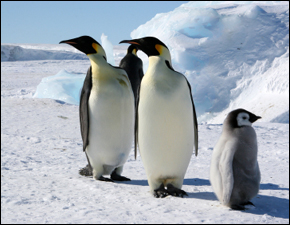
The Norwegian Polar Institute (NPI) found that seawater temperatures beneath the Fimbul Ice Shelf are hovering slightly above freezing. This data indicates the water is actually “icier” than temperature projections made by an Antarctic regional computer model, according to Dr. Nalan Koc of NPI.
The findings at the Fimbul Ice Shelf offer an increasingly infrequent glimmer of optimism for the fate of polar ice. Recently, reports about global climate change and its effects on the polar regions have been troublesome. Earlier this fall, scientists from the Catlin Arctic-World Wildlife Federation collected data that suggested the Arctic Ocean will be ice free in summer due to rising global temperatures within 20 years. In addition, the National Snow and Ice Data Center couldn’t locate the stiff, non-navigable “multi-year” arctic ice pack they expected to find a recent expedition in the Beaufort Sea.
On the whole, however, Antarctic ice is disappearing. Antarctica is losing over 100 cubic kilometers (24 cubic miles) of ice annually, and that rate is accelerating, according to gravity data collected by NASA’s Grace satellite.
Much of the ice loss is occurring in the West Antarctic region. According to NASA, the East Antarctic region has experienced less ice loss along its edges due to two factors: it is situated on the large continental landmass, and precipitation in the region compensates for much of the ice loss. In contrast, the West Antarctic region is comprised of a series of smaller islands, meaning there is less continental ice and more ice shelves. Ice shelves are defined as the portions of glaciers that extend beyond the landmass. They are more vulnerable to melt due to greater exposure to fluctuating seawater temperatures. In addition, when the buffer of an ice shelf is removed, the continental glacier ice is put at greater risk for melt.
Ole Anders Noest of NPI described the state of the Fimbul Ice Shelf in East Antarctica after his initial examination in a written statement.
“This situation seems to be stable, suggesting that the melting under the ice shelf does not increase,” Noest Wrote.
Source: Reuters


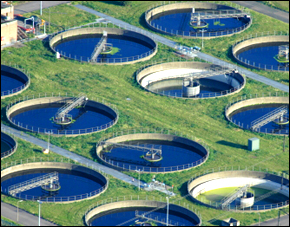
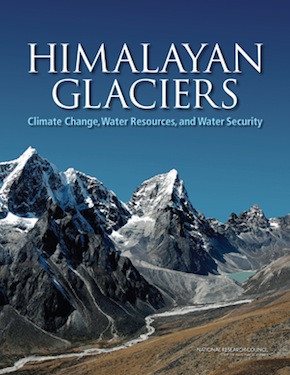
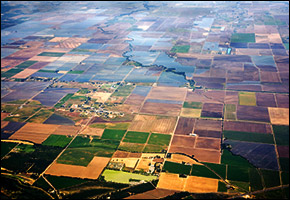
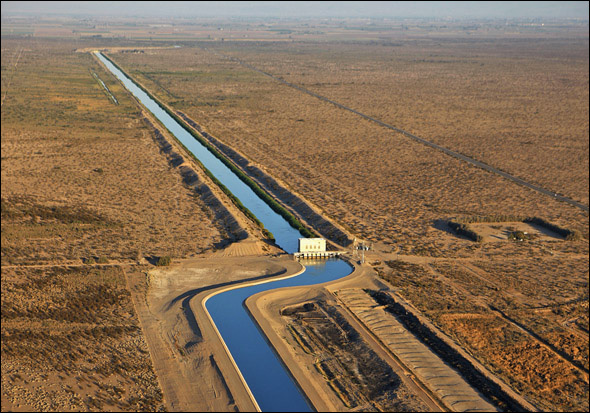



Leave a Reply
Want to join the discussion?Feel free to contribute!